Dangerous Apps: How they work and how to protect yourself

What classifies as a junk app?
Now, before I talk about protecting yourself from such apps, let's get our terminology straight. What exactly do I mean when I say “junk apps”?
The apps I will talk about are the ones that have the sole purpose of tricking the user for the monetary benefit of the developer. Technically, there are two types of such apps that I know of.
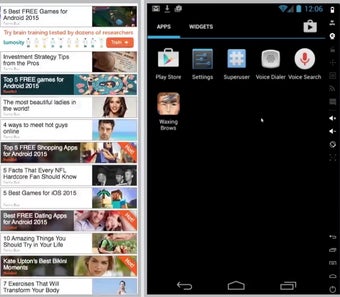
An app running ads in the background, even when minimized. Image by Forensiq
The other type of junk apps is the data-stealing one. These apps are less common than the ad fraud ones, because they're harder to make and riskier if you get caught, but they do exist. The way they steal users' data varies.
Sometimes, it's through social engineering – fooling you into thinking it's a legit app or game, and asking for usernames, passwords, credit card info and so on. Such fraudulent app clones have been made for nearly all popular applications – Netflix, Pokemon Go, Overstock and many, many others.
Other times, they infect your device with malware, which automatically mines your user information from your device and sends it to its “mothership”. Or it allows third-party access to your device, which is then used by someone on the other side of the globe to break into your phone and take whatever info they want.
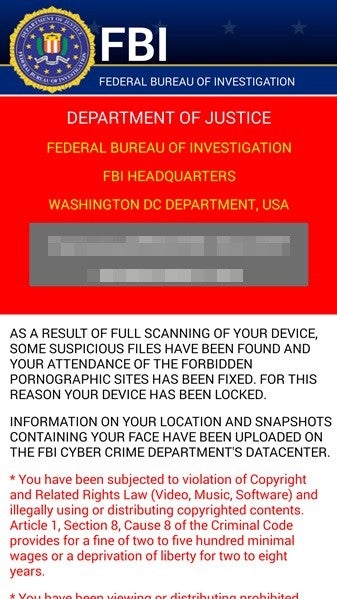
Typical ransomware screen (Simplocker Ransomware).
And the last type of data-stealing apps is quite peculiar. Those are actually legit applications. They do work and, oftentimes, they work well. But they also gather data on the background. Such is the case with UC Browser (or was, since the latest updates made it a horrible browser too). A legit app, that people like and use, which leaks user identifiable information to third-party servers without even encrypting it first.
There are other scams on the mobile market, for sure, and even more will make their way to the Wild West of the web soon enough. Every time authorities catch one type of scam, a new one emerges, so I'm sure that hackers and scammers will find new clever ways to trick users. But for the time being, the ones described above are the most common ones you should look out for.
How to protect yourself from junk apps?
There is no easy way to be 100% sure that an app you're downloading is legit. But there are some things you can look out for prior to clicking the Install button. Not all apps exhibiting the listed traits are junk, but if a lot of the signs below are present, you should proceed with caution. If you apply some common sense too, you should be relatively safe.
The first thing to consider would be the legitimacy of the claims. Always ask yourself if it would be possible for the app to do what it claims it will do. A good example would be the numerous “color flashlights” on the Google Play store. Most smartphone flashes can't change color. They're made of a single white LED, instead of the special sets of three that are required for a multi-color LEDs. Also, there is no software support for such features in Android (as of yet). So, every app that claims it can change the color of your flash to a custom one, is quite clearly fake and suspicious. If you open up the comments of such apps, you'd see that they're also data and battery hogs. So, if you've read carefully until now, you should know that they're probably ad fraud apps.

A color flashlight app, downloaded over 50 million times.
Also, always read the description carefully. Does it make sense? Is it written in good English, or does it sound like it's been ran through Google Translate? What about the reviews? If there is a low number of them and they're all extremely positive, they might be paid for and not genuine. And if there are low star ratings, but no written reviews, it's highly likely that the developer has employed some clever, yet dodgy tactics to filter them out, like marking the unwanted reviews as spam, for example.
But even if you take every precaution prior to the download, you could still install a malicious app without realizing it. So, how do you catch that something's wrong?
Other than going neck-deep in debugging your device, you can tell something is not quite right by checking the data and power usage of apps. If you notice that something is draining your battery or data plan, always ask yourself if it has a reason to do so. If it doesn't, uninstall the app immediately and look for an alternative to use.
Also, make sure to keep an eye on your bank statements if you think you might have installed a fake app. If there are payments to an unknown person or account that make no sense, call your bank immediately.
Why don't Apple and Google clean up their stores?
Well, they do try. It's not like they like to have such apps in their catalog. They do have a review process for every new app or update submitted. Does the review process work? Well, sometimes.
Until recently, Apple's App Store was the safer one, due to its vigorous review process, but since legit developers started complaining about the long wait times before their apps go live, Apple lowered the bar a bit, which allowed some fake shopping apps to make their way to the App Store.
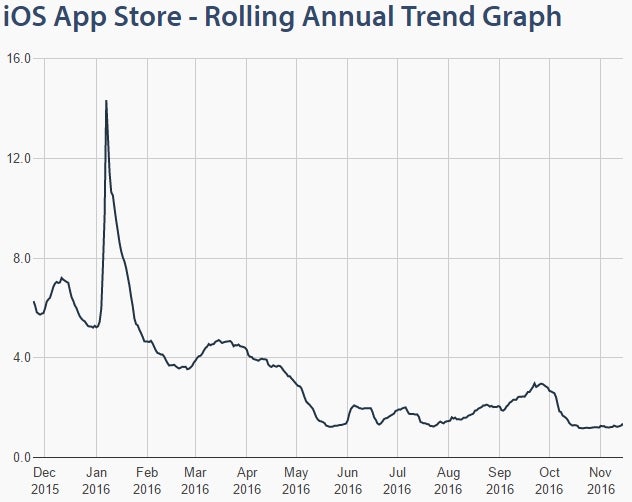
Average review times for iOS apps - down to just over a day, from about a week in one year. (appreviewtimes.com)
If you happen to stumble across a suspicious application, report it. There's no way for the teams behind the app stores to check each and every entry all the time. According to Statista, there are more than 4 million apps in Google Play and the App Store, so it would be easy for fake ones to blend in the crowd and scam people out of their money before they're taken down.
Conclusion
Junk apps are like junk emails – if you're careful and you make sure to use common sense, you would be generally safe. Unlike emails, though, there are no filters and folders on the app stores. So, do make sure to check thoroughly before you install anything. If you're not 100% certain it's clean, better look for an alternative. And if you're going to install shopping apps, always look for them on the official retailer's website and not through the search bar in your app store of choice.







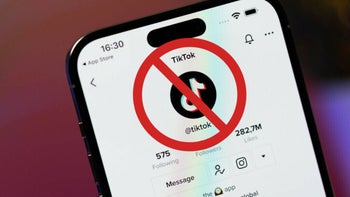

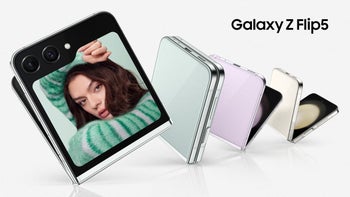

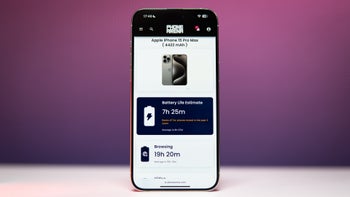
Things that are NOT allowed: